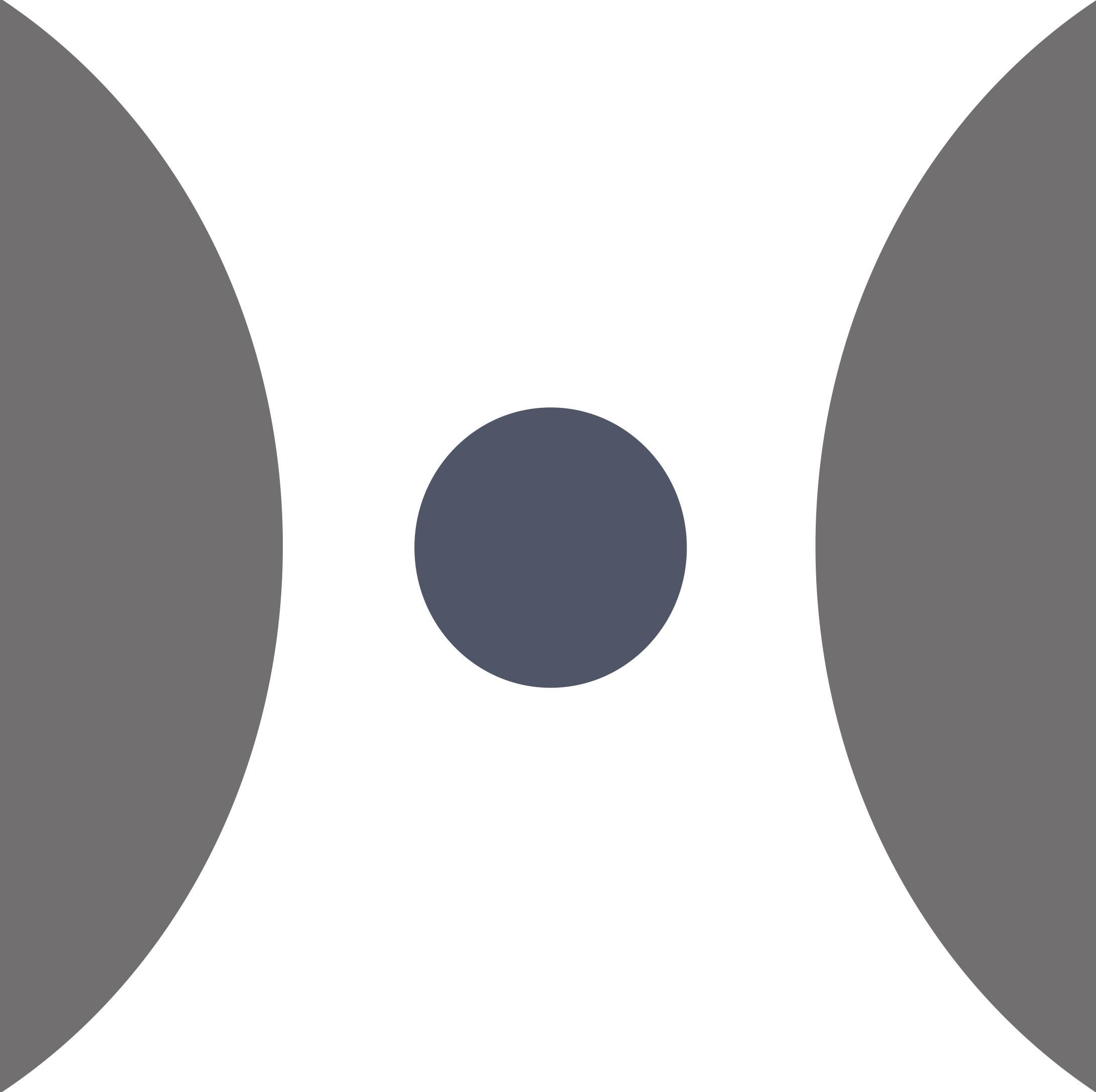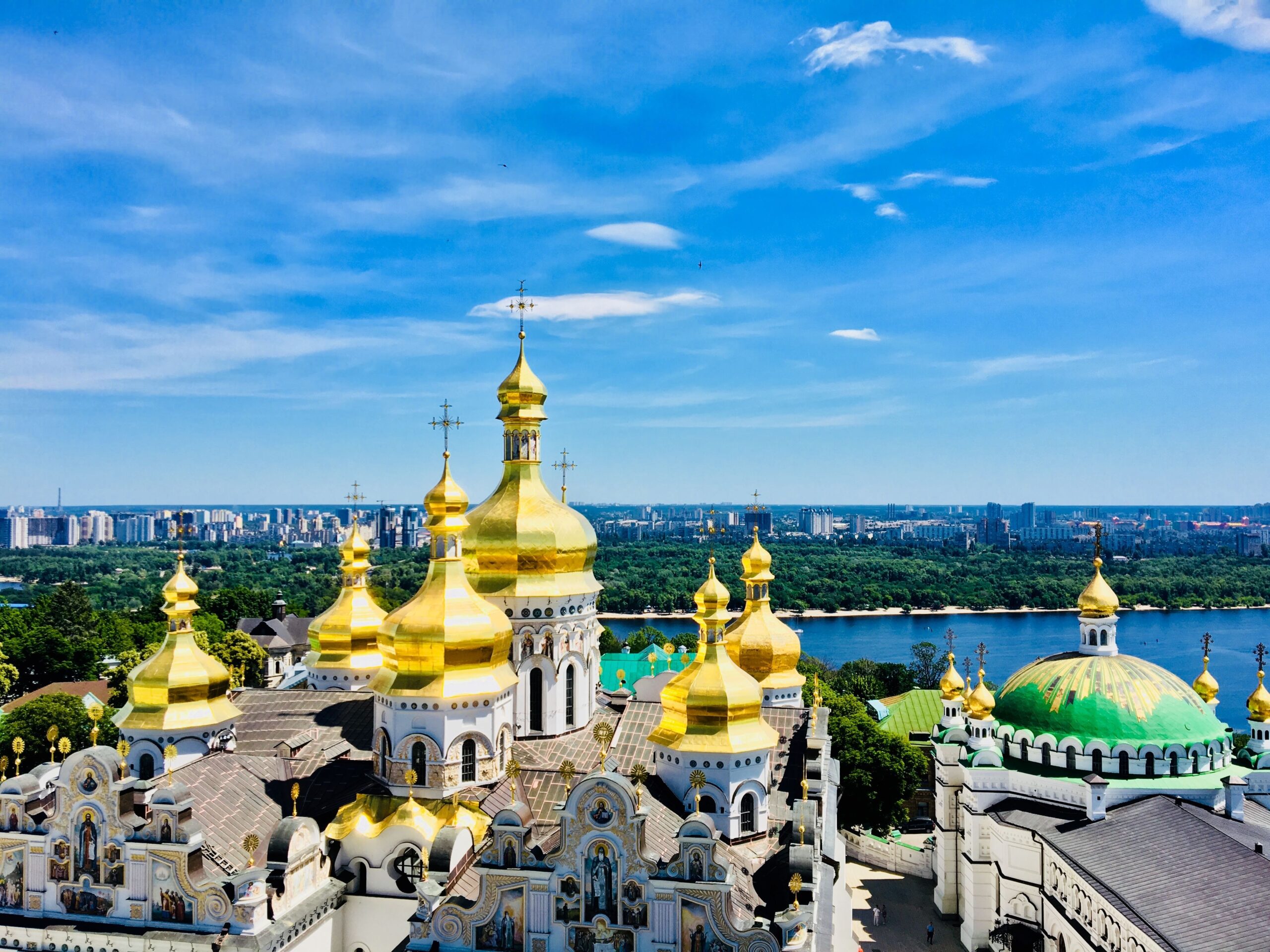Why Permanent Neutrality is Right for Ukraine
By Pascal Lottaz and Nasir A. Andisha
This article originally appeared on TRT
Photo by Chaiwat Hanpitakpong on Unsplash
Becoming a permanently neutral and federal country is the most realistic way to end the war in Ukraine fast and re-secure Europe for decades to come.
The young Russo-Ukrainian war is a horrible tragedy for the people of Ukraine and a tremendous setback for the European Post-Cold War security structure. However, since Friday, there are signs that the two sides are creating the basis for a negotiated end to hostilities, even as rocket salvos were raining down on the entire Uranian territory. Russian President Vladimir Putin has demanded that Ukraine be “denazified,” “demilitarized,” and, most importantly, become a neutral state. His Ukrainian counterpart, Volodymyr Zelenskiy has signaled that he is willing to talk about a neutral status for his country.
Ned Price, spokesperson for the U.S. State Department has called this diplomacy “at the barrel of a gun,” which it is, but a neutral status for Ukraine is nothing new and has been proposed even by many realist thinkers in the West. The most influential proponents include former National Security Advisors Henry Kissinger and Zbigniew Brzezinski, professors John Mearsheimer, Hall Gardner, and Harvard’s Stephen M. Walt and Renée Belfer, who explained why it was the West’s dogmatic belief in the liberal narrative winning over the entire world was the root for the conflict in the first place. Also the Austrian Heinz Gärtner, The British Anato Lieven, and the US American Michael O’Hanlon, all advocate for buffers that are neither part of one alliance nor part of the security network of Russia, simply because it makes strategic sense.
Permanent neutrality is a very European solution for a very European problem: geopolitical mutual threats. Switzerland was neutralized by the Great Powers in 1815 to keep Austria and France apart, Belgium and Luxemburg were neutralized later to put space between France and Germany, and Austria, in 1955, was neutralized to regain its independence without becoming another NATO member that could threaten the USSR. And that worked because neutral buffer states deescalate the security dilemma; the escalation spiral in which one side increasing its armaments (or number of allies) for more security leads to fear in the other party, which will then try to increase its firepower, which will only lead to insecurities again in its adversary, etc. Permanently neutral states, even when they have militaries (which almost all do) are no structural threat to Great Powers. Nuclear weapons or alliances like NATO are.
That is why Moscow, too, has been calling for a neutral Ukraine not just since the war started, it was suggested repeatedly by file and rank Russian foreign policymakers on the highest levels, together with a federalization of the state as foreseen in the Minsk II agreements. Since December 17, 2021, when Russia officially published two draft treaties it is clear that Moscow would agree to a neutral status for Ukraine. The treaties all but name the policy. Even if one rejects the demands on NATO withdrawal to 1997 borders (also a part of the proposal) the neutrality of Ukraine still is the core part of the proposal. Now we have the demand for the policy on the table also directly from Putin. Liberal pundits in the West dismissed this as the Kremlin’s wish for a “sphere of influence.” However, despite the clear upper hand in the conflict, Russia sticks to the demand for a neutral Ukraine even now—albeit it is clear that Putin will also demand significant changes to Ukraine’s domestic political system (that is the “denazification” part of the ultimatum).
Let there be no misunderstanding, the unprovoked attack on Ukraine is a blatant infringement of international law and highly illegal, just like many other Russian actions before. There can be no excuse on the level of law or moral decency. But that is not the point. For realists—and Putin is certainly one—the only thing that matters is what can be achieved and at what costs. One only needs a tiny bit of “strategic empathy” (which has nothing to do with emotional empathy) to understand why, from a Russian perspective, NATO looks like a pretty big threat. Neutral buffer states make so much sense, looking at the European map from Moscow’s position, bringing space between its heartland and a hostile alliance. Putin is showing the world that this strategic goal is so important, he is willing to take the international costs associated with the warfare.
But what do the Ukrainians want? That question is also relevant because for a “real” neutral solution to emerge, one needs three ingredients: the willingness of one side, the willingness of the other side, and the willingness of the state in question to start playing that role. For the situation before the war, experts like Olga Oliker have pointed out that a majority of Ukrainians in the government-controlled areas of the country favored NATO accession. Nicolai N. Petro, on the other hand, held that this only remains true as long as the populations of the Donbas and certainly Crimea are not counted in the assessment. A 2020 study finds that overall, the opinion of Ukraine citizens was highly diverse with a majority only favoring “good relations” with NATO but not accession.
Let’s not forget, Ukraine already had a history of playing with neutrality as a foreign policy on and off. In 1990, while still a Soviet SSR, the Ukrainian parliament passed a “Declaration of Sovereignty”, which specified that if it became independent, the new country intends to become a permanently neutral state. After the collapse of the USSR, Kyiv really adopted the foreign policy pillars of “neutrality, non-nuclear, and non-bloc status.” Ukraine further consolidated its neutral posture by getting rid of the Soviet inherited nuclear arsenal under the Budapest Memorandum, in 1994, after receiving security assurances from Great Britain, Russia, and the US.
However, the policy was never supported univocally in the domestic political process. Between 1994 and 2014, the degree of Ukrainian neutrality policy depended largely on the government in power. For instance, while the Principles of National Security legislation, passed in 2003, advocated close ties with NATO and the EU as Ukraine’s main security objective, the references to NATO were scrapped a year later by President Kuchma, but restored again a year after, by President Yushchenko. While President Yanukovych formalized Ukraine’s non-bloc status in 2010, President Petro Poroshenko abolished the status after the occupation of Crimea by Russia and the eastern Donbas region by pro-Russian forces in 2014.
The tragedy for Ukraine (and Georgia) is that the mix of internal disunity in conjunction with their geostrategic importance to both, Russia and the West has produced a deteriorating security dynamic. Both parties were furiously competing to include them in their alliances and partnership arrangements, Russia in its “Commonwealth of Independent States” (CIS) and the West in NATO. The latter had the upper hand in this game, declaring in a NATO summit, in April 2008, that “NATO welcomes Ukraine’s and Georgia’s Euro-Atlantic aspirations for membership in NATO. We agreed today that these countries will become members of NATO.” This emboldened the Government of Georgia to fire the first shots in a regional conflict that quickly became a war with Russia and since morphed into a frozen conflict. Russia later recognized Abkhazia and South Ossetia as independent countries, effectively dividing Georgia into three separate entities, much like Ukraine right now.
This bold adventure reestablished Russian power in the region and paused NATO’s enlargement plan, simply because there is no political way to reach the necessary unanimity of NATO states when it comes to admitting a new member with an ongoing conflict, as that would import the conflict straight into the alliance. Therefore, all Russia must do to block Georgian or Ukrainian membership in NATO is to keep the frozen conflicts the way they are, and that is exactly what Moscow has been engaged in since NATO membership for both countries became a real prospect. In Ukraine, too, the occupation of Crimea and the frozen conflict in the Donbas started after the Maidan uprising of 2014, in which a Russian-friendly Government in Kyiv was replaced by a pro-Western government and the prospect of Ukraine applying for NATO membership became real.
It is doubtlessly true that Russia broke its promises under the Budapest Memorandum when it invaded and occupied Crimea, backed separatist forces in the Donbas, and is breaking it again right now with the full-scale invasion of Ukraine. But it is also true that the Ukrainian parliament scrapped the country’s neutral status and officially declared its bid to join NATO. The tit-for-tat escalation among Russia, Ukraine, and NATO has been deteriorating the entire European security architecture, with the situation at its most dramatic now after war broke out. But let’s not forget, over ten thousand people had already lost their lives in the simmering conflict in the Donbas between 2015 and 2022. That is why under any reasonable political scenario, it had already been impossible for Ukraine and Georgia to join NATO, despite the West’s mantra that the door would remain open.
A neutral solution externally and a federal structure internally would be the most pragmatic way forward to bring peace back to Ukraine since Russia is willing to accept that. This solution would not even cut Ukraine off from its ties to central and western Europe. Let’s not confuse neutrality with either pacifism or isolationism. A neutral Ukraine could still trade and cooperate with the west, even further trade integration with the EU would remain possible as long as they are matched with integration also with the Russian economy to balance the two. NATO, Russia, and the neutrals are, as the Atlantic Forum called it “doomed to cooperate” if a working security structure is to be achieved.
For Russia this means stopping the war without a permanent occupation, for Ukraine to accept a federal and neutral status, and for the West to understand that European security is more than a maximally large NATO. A stable Europe necessitates a working structure that balances the security needs of all its partners and leads to law-based, internationally agreed settlements of conflicts. A neutral Ukraine would remain an intricate part of that structure but outside any “hard” military alliance, just like Switzerland, Austria. It would not be a loss to NATO but a gain to Europe.

